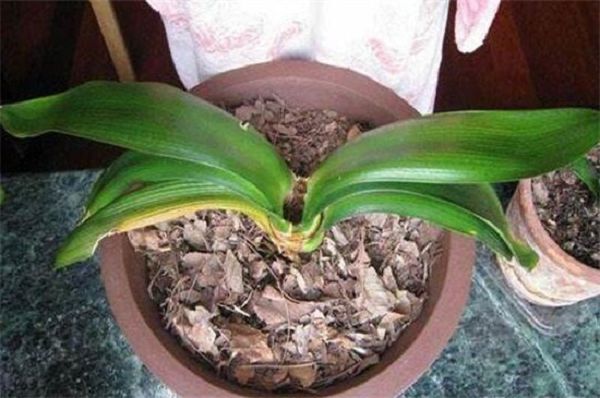How to maintain the magnolia in winter
Magnolia originated in South Africa, for perennial evergreen herbaceous flowers, like warm and cool climate, afraid of high temperature and cold, summer dormancy, autumn and winter growth, therefore, strengthening winter tube is the key to cultivation. The main points are as follows:
First, watered magnolia for fleshy roots, angry and afraid of water stains. In addition, the leaves of Cymbidium have waxy layer, the temperature is low in winter, and the transpiration and evaporation of water are less. Therefore, watering should not be too much, only combined with fertilization watering, to keep the basin soil moist. Must not be flooded with water, resulting in rotten roots and dead seedlings.
Second, fertilizing Magnolia has the fastest vegetative growth rate in winter and needs the most nutrients. therefore, it is very important to apply winter fertilizer well. Before entering the room, flowerpots should be watered with bone powder, fried sesame, cooked soybeans or compound fertilizer every 15 to 20 days, and the roots can also be watered with soaking solution of animal and plant residues. It is necessary to ensure that the fertilizer is ripened and applied lightly to prevent the injury of thick fertilizer.
Third, dimming gentleman orchid likes to scatter light, avoid direct strong light. Winter indoor greening maintenance, flowerpots should be placed in a place with plenty of light. Especially before flowering, there should be good light, which is beneficial to the development and firmness of flower buds. After flowering, proper cooling, avoiding strong light and keeping good ventilation are beneficial to prolong the flowering period.
Fourth, protecting leaves, fat and strong flowers, colorful chlorophyll, short, wide, thick, green, bright and strong leaves are the characteristics of healthy magnolia, and are the basis for promoting flowering and improving ornamental value. To maintain strong leaf quality, in addition to providing reasonable fertilizer and water, it is necessary to keep the leaf surface clean in order to improve photosynthetic efficiency. The methods of leaf protection are as follows: one is to wash the leaves regularly and spray or wipe the dust on the leaves with the same water to keep the leaves clean; the other is to spray fungicides in time to prevent the occurrence of leaf spot, leaf blight and stem rot and ensure that the leaves are green and the flowers are beautiful.
5. The most suitable growth temperature for heat preservation of Cymbidium is 15 ℃ to 25 ℃, 10 ℃ stops growing and 0 ℃ suffers frost damage. Therefore, it must be kept warm and frost-proof in winter. After the flower stem is extracted, it is suitable to keep it at about 18 ℃. If the temperature is too high, the leaf and flower moss are only long and thin, the flower quality is poor, and the florescence is short; the temperature is too low, the flower stem is short, it is easy to be born prematurely (flowering), which affects the quality and reduces the ornamental value.
Related
- Is the orchid suitable for indoor use? Is it good for the body?
- How to prevent the empty root of orchids?
- What to do after the crab claw orchid is withered?
- Why are the leaves of orchids always yellow? Fertilizing and watering.
- Can the root of the gentleman orchid be saved if it is rotten?
- Diagnosis and treatment of cotton-blowing beetle insects in Cymbidium
- There is a way for a gentleman's orchid to rot.
- What is the most suitable temperature and humidity for the orchid?
- How to raise a gentleman's orchid? Cultivation techniques of Cymbidium
- How to prepare the nutritive soil for the cultivation of Cymbidium



